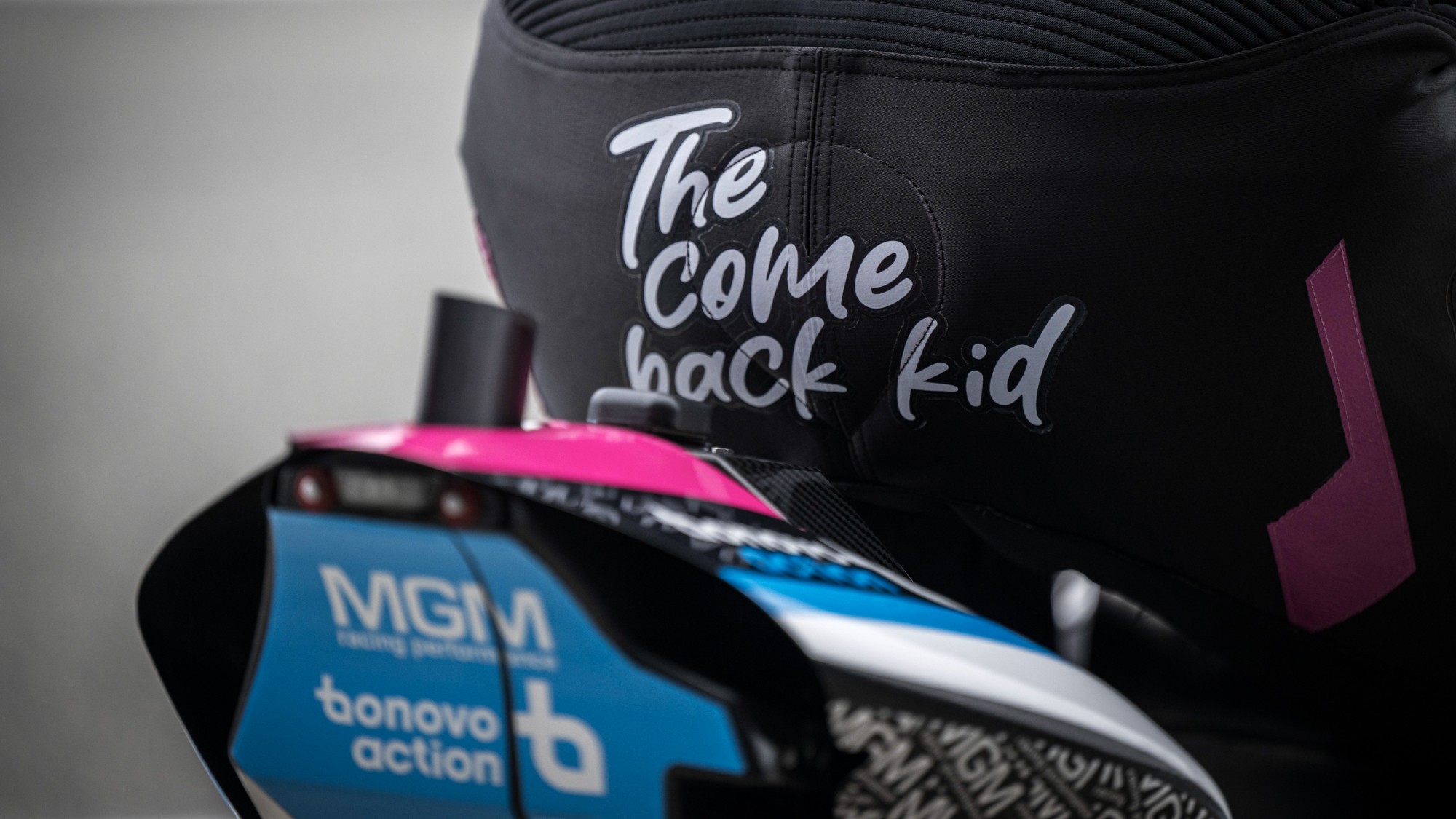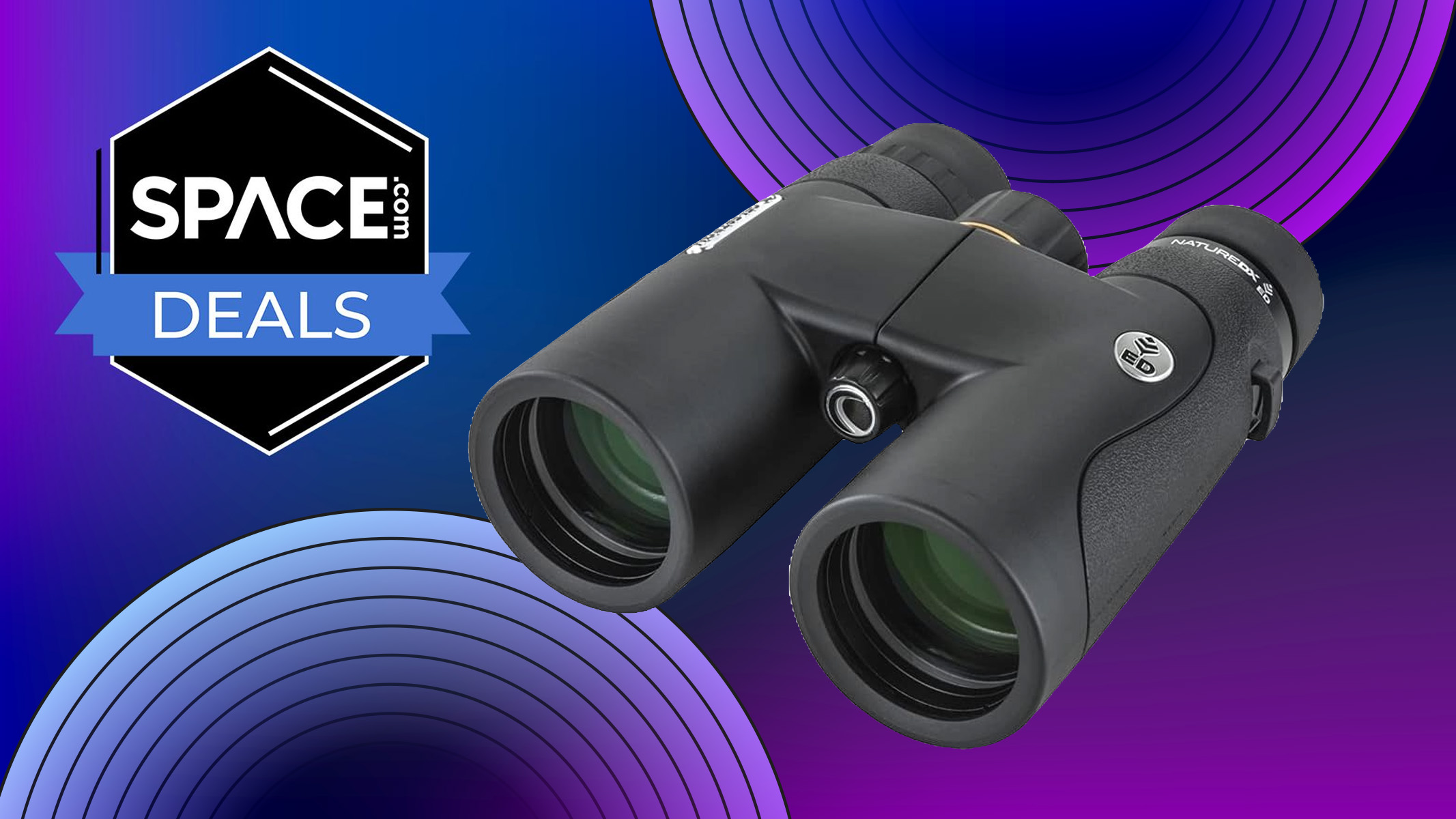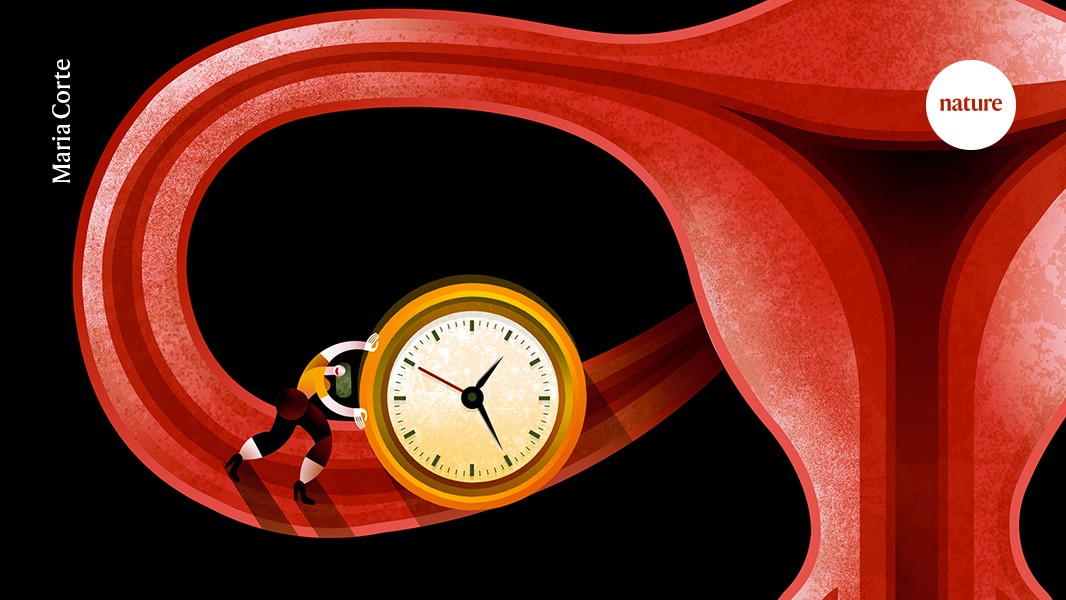What's a 'real' Leica and is your brand just a badge?
As one of the few brands to still make rangerfinder cameras, there's no question that this is a Leica. Photo: Barney Britton The Leica SL3-S is an interesting camera in many respects, including being one of the first mirrorless cameras to make Content Credentials metadata available to the general public. But that's not the factor that caught a lot of people's attention. Instead, the SL3-S ends up putting a spotlight on what it means for a camera to be a Leica. And, by extension, raises interesting questions about what branding means in the modern camera industry. Just what makes it a Leica? In the past, Leica made the M-series models itself, then sold badge-engineered versions of Panasonic compacts, with a mark-up. But the distinction has become less clear-cut, with time. The M-series remains distinctively Leica, but the SL series, made from similar components and with ever more feature crossover with Panasonic's L-mount cameras, blurs the line somewhat. What about this? It's hard to imagine many other brands building a full-frame fixed lens camera, especially one with a lens that works so nicely in manual focus mode. But its lens was designed by Panasonic. So is it a 'real' Leica? Photo: Richard Butler The revelation that Panasonic holds the patent to the Q3 43's lens design caused further doubt, despite it being a model that it's impossible to imagine Panasonic ever making. After all, Leica had turned to another company with more experience of AF lens design for the Q3's 28mm lens, but that didn't prompt many people to question whether it was a 'real' Leica. Finally, we have the D-Lux8, a refresh of the Panasonic LX100 II/Leica D-Lux7. It gains Leica's fairly radical and rather excellent user interface, which makes it feel like a very different camera as you use it, but it's hard to ignore the Osaka origins of so much of its underpinnings. Or the significant mark-up of its price tag. Red dot, full stop What about the D-Lux8 (left)? It's clearly developed from the Panasonic LX100 II (right), but Panasonic doesn't make its own version, and again it has Leica's distinctive user interface. Also, it says Leica on the top. And any camera that does so is, by definition, a Leica, whether that fits with your perception of the brand or not. Photo: Richard Butler To an extent, the answer to "what makes it a 'real' Leica" is simply "the presence of the red dot*." If the company chooses to let that red dot be put on cameras and phones made by and with other companies, then that's what the brand stands for. It's just snobbery to decide that only the products you respect or revere are truly representative of the brand. But, once you start asking these questions, it's interesting to apply them more broadly. Commonality is commonplace If the concern is commonality, then it's interesting to look across the rest of the market. Every clever feature, from on-sensor phase detection to dynamic range compression (Active D-Lighting, DRO, etc), subject recognition autofocus, pre-capture and eye detection AF get imitated across the different brands. The specifics differ, whether in terms of the performance of features such as AF or the implementation of more gimmicky add-ons such as multi-shot high res modes, but there are very few fundamental features setting different camera makers apart, at this point. The Nikon Zf is styled after the company's cameras from the early '80s and is built around Nikon's user interface, right down to its peculiar Auto ISO behavior. Is this somehow less of a Nikon because (like the majority of large-sensor cameras the company has ever made) it uses a sensor from Sony's semiconductor division? Of course not. Photo: Richard Butler And look under the hood and the level of common componentry has always been very high. There are only a couple of suppliers of large camera sensors and only one major one in compacts. It's bizarre to see comments questioning Nikon's dependence on Sony Semiconductor for its sensors, when that's where they, and most of the rest of the industry, have been sourcing the majority of their sensors for much of the history of digital photography. Not just coming before Sony's (separate) camera division became a major player, but pre-dating Sony making ILCs at all. Just as the bulk of camera screens are sourced from a single supplier (which used to be part of Sony) and most viewfinder panels come from a single manufacturer (another parts supply division of guess-which electronics maker), most digital cameras ever made have tended to be based on a small number of sensors. What is the difference between brands? And yet the cameras aren't all the same. The things that define what a camera is like to use: from body style and button position to user interface, menu structure and lens choice, still vary significantly. As do the respective lens choices offered by each manufacturer, further differentiating the experience. And it's always worth remembe

 |
|
As one of the few brands to still make rangerfinder cameras, there's no question that this is a Leica. Photo: Barney Britton |
The Leica SL3-S is an interesting camera in many respects, including being one of the first mirrorless cameras to make Content Credentials metadata available to the general public. But that's not the factor that caught a lot of people's attention.
Instead, the SL3-S ends up putting a spotlight on what it means for a camera to be a Leica. And, by extension, raises interesting questions about what branding means in the modern camera industry.
Just what makes it a Leica?
In the past, Leica made the M-series models itself, then sold badge-engineered versions of Panasonic compacts, with a mark-up. But the distinction has become less clear-cut, with time. The M-series remains distinctively Leica, but the SL series, made from similar components and with ever more feature crossover with Panasonic's L-mount cameras, blurs the line somewhat.
The revelation that Panasonic holds the patent to the Q3 43's lens design caused further doubt, despite it being a model that it's impossible to imagine Panasonic ever making. After all, Leica had turned to another company with more experience of AF lens design for the Q3's 28mm lens, but that didn't prompt many people to question whether it was a 'real' Leica.
Finally, we have the D-Lux8, a refresh of the Panasonic LX100 II/Leica D-Lux7. It gains Leica's fairly radical and rather excellent user interface, which makes it feel like a very different camera as you use it, but it's hard to ignore the Osaka origins of so much of its underpinnings. Or the significant mark-up of its price tag.
Red dot, full stop
To an extent, the answer to "what makes it a 'real' Leica" is simply "the presence of the red dot*." If the company chooses to let that red dot be put on cameras and phones made by and with other companies, then that's what the brand stands for. It's just snobbery to decide that only the products you respect or revere are truly representative of the brand.
But, once you start asking these questions, it's interesting to apply them more broadly.
Commonality is commonplace
If the concern is commonality, then it's interesting to look across the rest of the market. Every clever feature, from on-sensor phase detection to dynamic range compression (Active D-Lighting, DRO, etc), subject recognition autofocus, pre-capture and eye detection AF get imitated across the different brands.
The specifics differ, whether in terms of the performance of features such as AF or the implementation of more gimmicky add-ons such as multi-shot high res modes, but there are very few fundamental features setting different camera makers apart, at this point.
And look under the hood and the level of common componentry has always been very high. There are only a couple of suppliers of large camera sensors and only one major one in compacts. It's bizarre to see comments questioning Nikon's dependence on Sony Semiconductor for its sensors, when that's where they, and most of the rest of the industry, have been sourcing the majority of their sensors for much of the history of digital photography. Not just coming before Sony's (separate) camera division became a major player, but pre-dating Sony making ILCs at all.
Just as the bulk of camera screens are sourced from a single supplier (which used to be part of Sony) and most viewfinder panels come from a single manufacturer (another parts supply division of guess-which electronics maker), most digital cameras ever made have tended to be based on a small number of sensors.
What is the difference between brands?
And yet the cameras aren't all the same. The things that define what a camera is like to use: from body style and button position to user interface, menu structure and lens choice, still vary significantly. As do the respective lens choices offered by each manufacturer, further differentiating the experience.
And it's always worth remembering that, in the film era, every camera used essentially the same light-sensing medium. Whether you shot with a Leica or the cheapest Russian knock-off, you had essentially the same sensor and probably less difference in user experience.
The differences in handling, in user interfaces and in what lenses a brand chooses to offer (and allow to be offered) are, ultimately, the main differences between any two camera brands. Nikon vs Sony, just as much as Leica vs Panasonic.
So why the focus on Leica?
The L² technology sharing deal between Leica and Panasonic means that their features behave more similarly than we'd typically see across brands, but that's perhaps a relatively minor factor, given how different their cameras are to use.
Instead, I suspect what draws most attention to any Leica / Panasonic similarity is the German brand's luxury pricing model. Much like Swiss watches, Leica's high prices, as well as promises of high quality engineering, are part of the appeal. The exclusivity that it brings is part of the value proposition of Veblen goods.
This has always been the factor that splits opinion about Leica. The commonality with Panasonic simply brings it into stark relief.
*More precisely I mean "have the Leica name on it," I haven't forgotten all the Monochrom and 'P' cameras without red dots.
What's Your Reaction?




















![[FREE EBOOKS] Hacking and Securityy, The Kubernetes Book & Four More Best Selling Titles](https://www.javacodegeeks.com/wp-content/uploads/2012/12/jcg-logo.jpg)





















![AI in elementary and middle schools [NAESP]](https://dangerouslyirrelevant.org/wp-content/uploads/2025/01/NAESP-Logo-Square-1.jpg)











































